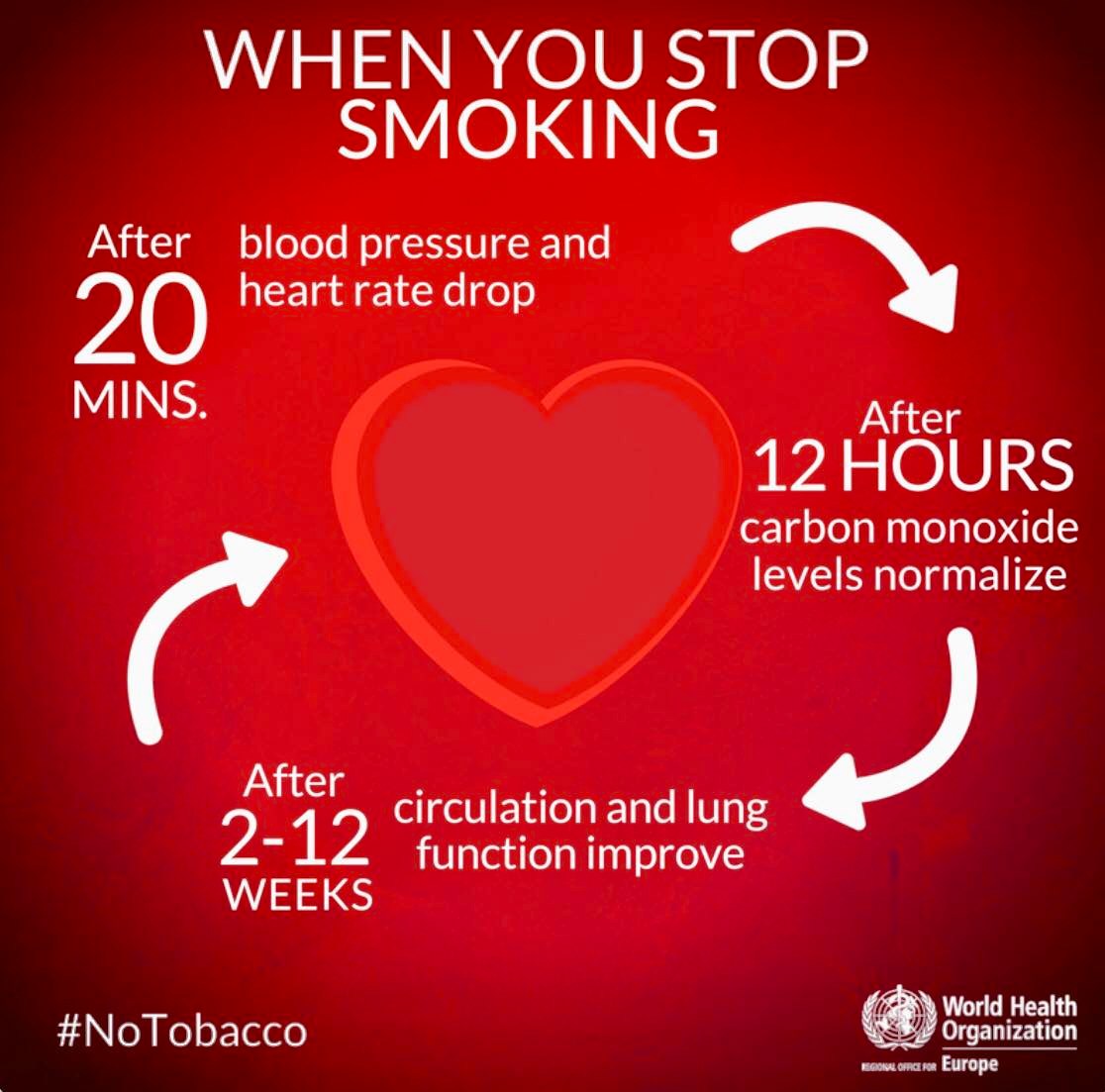Text by Henrylito D. Tacio
Photos: WHO
Filipinos who smoke may not be aware of it, but they are actually killing themselves softly. Every time they smoke cigarettes, they are putting several poisonous chemicals into their bodies without them knowing it.
As a matter of fact, Dr. Halfdan Mahler, former director-general of the World Health Organization (WHO), likened smoking to “slow-motion suicide.”
More than 700,000 people die due to suicide every year, according to the United Nations health agency. These deaths are unintentional, but smoking is another story; it is premeditated as they know they will die from one of those diseases linked with tobacco use.
Tobacco kills more than 8 million people each year, the WHO reports. More than 7 million of those deaths are the result of direct tobacco use, while around 1.2 million are the result of non-smokers being exposed to second-hand smoke.
The “tobacco epidemic,” as WHO considers it, is “one of the biggest public health threats the world has ever faced.”
“All forms of tobacco are harmful, and there is no safe level of exposure to tobacco,” the WHO says in its website.
Despite this fact, people still continue to use tobacco, particularly in the form of cigarette smoking. “Over 80% of the 1.3 billion tobacco users worldwide live in low- and middle-income countries, where the burden of tobacco-related illness and death is heaviest,” the WHO deplores. “Tobacco use contributes to poverty by diverting household spending from basic needs such as food and shelter to tobacco.”
In the Philippines, about 17 million people smoke – or nearly a third of the adult population, according to the Southeast Asia Tobacco Control Alliance. In its study, it was found that nearly half of all Filipino men and 9% of women smoke. The habit costs the economy nearly $4 billion a year in healthcare and productivity losses, the study said.
What is alarming is that younger generation are also being hooked with the vice. Based on the Global Youth Tobacco Survey, tobacco use among Filipino students (aged 13 to 15 years old) increased from 13.7% in 2011 to 16% in 2015. Moreover, 42.7% of students have already heard of electronic cigarettes, and 11.7% of them already tried or experimented with the device.
“This has now become our biggest problem as electronic cigarettes have been linked to conventional cigarette use,” pointed out Health Secretary Francisco T. Duque III, adding that the longitudinal study from the Yale University found that high school students who reported using e-cigarettes were seven times more likely to report subsequent conventional cigarette use.
This is very alarming, indeed. So much so that every year, the Philippines joins the rest of the world in the observance of World No Tobacco Day on May 31. June is declared as National No-Smoking Month in the country. Pursuant to Proclamation No. 183, the observance aims to raise public awareness on the ill effects of smoking as well as to encourage smokers to give up the habit.
Tobacco kills up to half its users, the WHO warns. As a form of suicide, it may take several years before a person dies. Tobacco harms nearly every organ of the body due to the poisons it contains. Some 4,000 known chemicals in tobacco smoke, the WHO says.


Cigarette smoking is the most common form of tobacco use around the world. “When burned, cigarettes create more than 7,000 chemicals,” the American Lung Association states. “At least 69 of these chemicals are known to cause cancer, and many are toxic. Many of these chemicals are also found in consumer products but these products have warning labels. (But) there is no such warning for the toxins in tobacco smoke.”
Among the chemicals found in tobacco smoke and where these are also found: acetone (found in nail polish remover), acetic acid (an ingredient in hair dye), ammonia (a common household cleaner), arsenic (used in rat poison), benzene (found in rubber cement and gasoline), butane (used in lighter fluid), and cadmium (the active component in battery acid).
Here are more chemicals: carbon monoxide (released in car exhaust fumes), formaldehyde (embalming fluid), lead (used in batteries), naphthalene (an ingredient in mothballs), methanol (a main component in rocket fuel), nicotine (used as an insecticide), tar (material for paving roads), and toluene (used to manufacture paint).
“Smoking causes addiction to nicotine, a stimulant drug that is in tobacco,” says the website medlineplus.gov. “Nicotine addiction makes it much harder for people to quit smoking.” That’s why experts advised that if you haven’t started smoking, don’t do the habit!
Smoking is hazardous to your health, health officials said.
The Atlanta-based Centers for Disease Control and Prevention (CDC) says smokers are more likely than non-smokers to develop heart disease, stroke, and lung cancer.
Estimates show smoking increases the risk for coronary heart disease and stroke by 2-4 times and of developing lung cancer for men by 25 times and for women by 25.7 times. “Smoking causes diminished overall health, increased absenteeism from work, and increased health care utilization and cost,” the CDC reminds.
Smoking can cause lung disease by damaging your airways and the small air sacs (alveoli) found in the lungs. Lung diseases caused by smoking include COPD (chronic obstructive pulmonary disease), which includes emphysema and chronic bronchitis.
“Tobacco smoking is the most important risk factor for COPD, causing swelling and rupturing of the air sacs in the lungs, which reduces the lung’s capacity to take in oxygen and expel carbon dioxide,” the WHO says.
One in five smokers will develop COPD – which causes episodes of breathlessness, coughing and mucus production – in their lifetime, and almost half of COPD deaths are attributable to smoking, the UN health agency says.
Cigarette smoking causes most cases of lung cancer. “Smokers are up to 22 times more likely to develop lung cancer in their lifetime, compared with non-smokers,” the WHO says. “Non-smokers exposed to second-hand smoke at home or in the workplace have a 30% higher risk of developing lung cancer.”
If you have asthma, tobacco smoke can trigger an attack or make an attack worse. “In people living with asthma, tobacco smoking further restricts activity, contributes to work disability and increases the risk of severe asthma requiring emergency care,” the WHO states, adding that around one in nine asthma deaths can be attributed to tobacco smoking.
Tuberculosis (TB), before it becomes activated, starts with latent TB infection. Latent TB may develop into active disease at any time, particularly when the immune system is weakened. “Smoking substantially increases the risk of TB and death from TB,” the WHO says. “More than 20% of global TB incidence may be attributable to tobacco.”
The CDC also states that smoking causes cancer almost anywhere in the body: bladder, blood (acute myeloid leukemia), cervix, colon and rectum (colorectal), esophagus, kidney and ureter, larynx, liver, oropharynx (includes parts of the throat, tongue, soft palate, and the tonsils), pancreas, stomach, and trachea, bronchus, and lung.
There are other health risks and problems caused by cigarette smoking, according to the CDC. For women, smoking can make it harder to become pregnant. It can also affect her baby’s health before and after birth. Smoking increases risk for preterm (early) delivery, stillbirth (death of the baby before birth), low birth weight, sudden infant death syndrome, ectopic pregnancy, and orofacial clefts in infants.
Smoking can also affect men’s sperm. Rachel Gurevich, writing for verywellfamily.com, reported on a study that was published in European Urology: “The negative effect smoking had on sperm health was stronger in infertile men and in moderate to heavy smokers, compared to light smokers.”
The CDC says smoking can increase a person’s risk for cataracts (clouding of the eye’s lens that makes it hard for you to see). It can also cause age-related macular degeneration (AMD), which damages a small spot near the center of the retina, the part of the eye needed for central vision.
The best way for smokers to avoid all those health consequences is to quit now. “Quitting smoking can reduce your risk of health problems,” medlineplus.gov pinpoints. “The earlier you quit, the greater the benefit.”
What happens to those who quit smoking? According to the WHO, the following are benefits of those who quit smoking compared with those who continue doing the habit: at about 30, gain almost ten years of life expectancy; at about 40, gain nine years of life expectancy; at about 50, gain six years of life expectancy; at about 60, gain three years of life expectancy.
But doing so is a difficult task. Two medical experts are in agreement that smokers who cannot stop smoking really need help – or else they may not be able to kick the addictive vice.
“Smokers may be rightfully considered as victims of an addictive disease, and those who cannot quit remain part of the health equation of every nation, just as much as the healthy non-smokers,” says Dr. Rafael R. Castillo, a cardiologist and lifetime member of the Philippine Medical Association and Philippine Heart Association.
“They actually need more understanding, more attention, and more care from their physicians, who should aim for a treatment goal of at least partially protecting them from the cardiovascular and other health hazards of cigarette addiction,” explained Dr. Castillo, a professor in cardiovascular medicine.
In order for them to reduce the health hazards brought about by smoking, these smokers should be given some interventions they can lean on until they are able to quit smoking altogether.
“Like many other interventions in daily life – seat belts in cars, motorcycle helmets, safe needle exchange in drug addiction, to cite a few – (smokers should have some alternatives to tobacco which can) reduce health harms linked to smoking,” says Professor Tikki Elka Pangestu, former director of the research policy and cooperation at the World Health Organization (WHO).
Both medical experts call this as tobacco harm reduction (THR). “(It) is a strategy to mitigate the health risk in smokers who use conventional cigarettes,” Dr. Castillo explains. “Complete smoking cessation is still the primary goal but since this cannot be achieved in the far bigger majority of smokers we describe as recalcitrant, then a pragmatic middle-ground alternative should be offered to them.”
As smoking is one of the world’s largest health problems, many countries have already introduced laws to protect people from exposure to tobacco smoke in public places. In the Philippines, President Rodrigo R. Duterte, a former smoker, bans smoking in public places.
The ban carries a maximum penalty of four months in jail and a fine of P5,000 pesos, both for indoor and outdoor smoking. It also covers existing bans on tobacco advertisements, promotions, or sponsorship.

